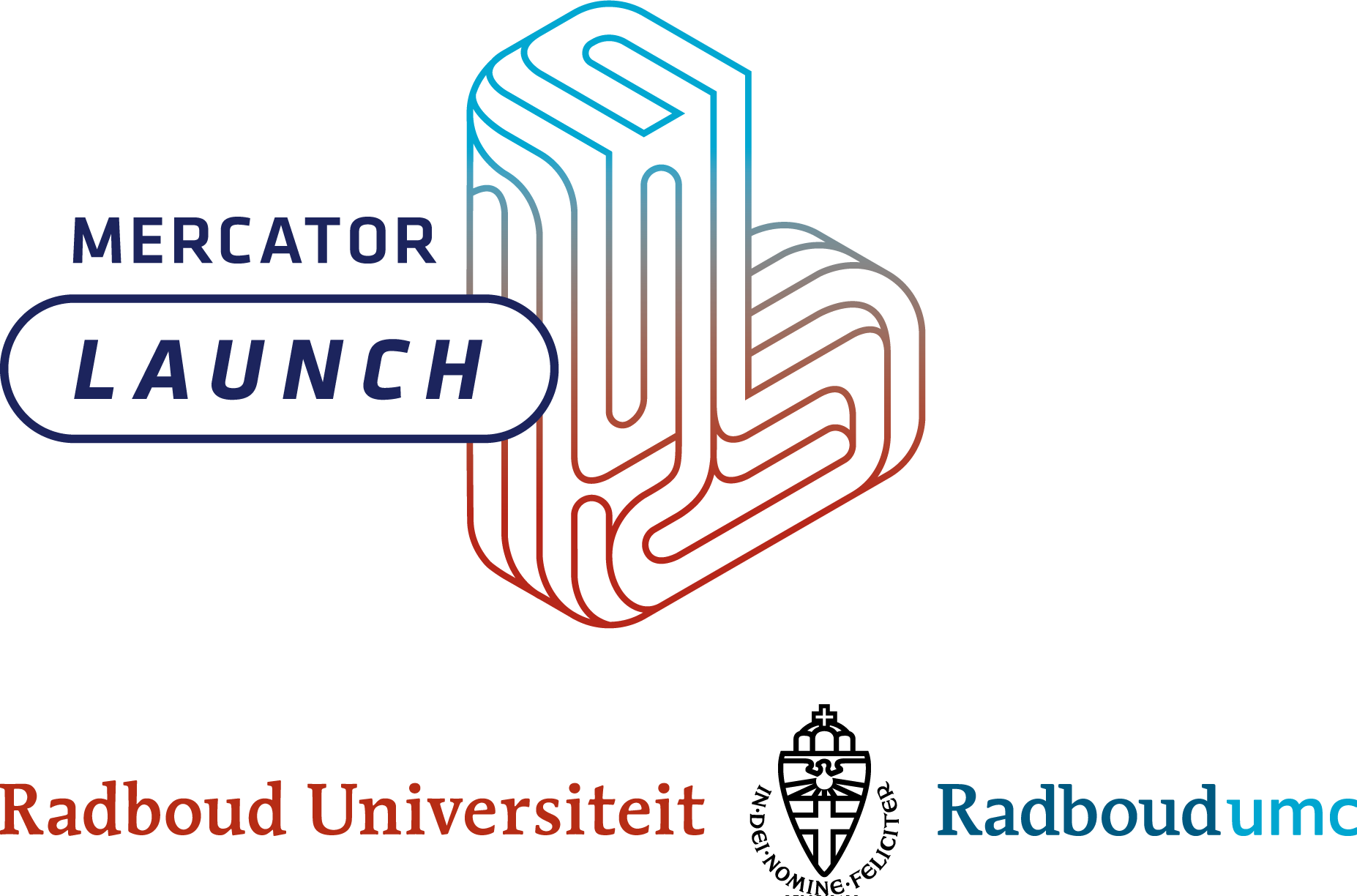
Some already swore by it, others were not such big fans, but last year we all had to start working digitally. Sentences like “you’re muted”, “your camera froze” and “do you hear an echo too?” have turned into classics, almost as input for a non-existent bingo card. At Mercator Launch, we are curious to find out what the benefits and challenges of digital working are according to you!
We sat down with our colleague, dr. Esther Steenbeek-Planting, Coordinator Societal Impact at the Donders Institute for Brain, Cognition and Behaviour, and asked her about the do’s and don’ts of digital working.
What is it exactly that you do at the university?
“Within the university gravitation consortium programme ‘Language in interaction’, 70 researchers focus their research on language. Within that consortium, I coordinate the societal impact work package. We try to find out how we can make a difference in society with the fundamental knowledge we have generated. When we develop something new that solves a larger societal problem, we often need other parties to work with. In addition to our fundamental scientists, we need applied scientists to test whether what we make actually works in practice. In those cases, it is useful to start a public/private partnership. We do this in combination with grant applications, so that we can contribute to larger social projects and help answer the big societal questions and create impact.”
Last year, we made a major transition to working 100% at home and digitally quite abruptly. How did you experience that?
“It was super stressful, because I had a lot of important meetings while my husband had to teach his elementary class digitally. Because he has a vital profession and we also had to take care of the children, I had to drop some work otherwise it wouldn’t fit. Luckily my agenda was relatively empty after a while, because I was writing a strategic plan. That allowed me to maintain a flexible work schedule. After the lockdown, when my children went back to school, I was able to go back to my ‘normal’ work routine. I immediately started organizing my time differently. Group conversations online are so intensive that you cannot plan them consecutively throughout the day. I started to take more mini-breaks and one longer one every day. During my lunch I would go cycling for1-2 hours. And after that, I felt completely calm and ready to tackle the rest of the day! At the office, you are regularly distracted from your work by a colleague and sometimes you really need to be taken out of focus to take a breather. The online meetings took some adjustment as well, because you cannot look each other in the eyes when you are talking and you cannot always tell immediately who is talking when. It is really the little things that take up a lot more energy.”
What challenges did you face with digital working?
“For me personally the biggest challenge was new forms of stress. Things that need to be done while also taking care of your children. To relieve the pressure, I started working on Sundays because I did not always know how the week would be. As a result, you do not have time to really switch off. Luckily, I was able to let this new habit go after a while. It is precisely because of this that I have experienced much more personal development than in other years. You really start to think carefully about the reasons you have stress. Another challenge is: you have to learn to deal differently with work focus. At the office you are more easily distracted and you get time to defocus. You need those moments. If I have focused very hard for a couple of hours, I lie down in my hammock at home. I also block empty spots in my agenda, for myself. To take the time I need to process information. I have really noticed that I need more time to process information and if I do not take time for that, I sleep restlessly.”
Your home is now both a work place and a place to relax. How do you create the right balance?
“When I’m done with work, I close my laptop and put it in my bag. I also have a home office, which really makes a difference. I can just close that door behind me and my work is literally done. I try to be strict with myself and not check my mail on my phone. I shut down all my push notifications to help myself with that.”
How did you see other colleagues and students cope with working from home?
“People are working harder and more intensively. Normally there is always a relaxing factor in your work, namely social contact with your colleagues. That all fell away. An acquaintance of mine has had so much trouble connecting at a deeper emotional level with people during online meetings that he completely burned out. It is much more difficult to get feedback from people during online meetings. That is why I have so much respect for teachers. Teaching online takes a lot of extra energy, much more than teaching offline. And they have been doing it for over a year now, I have a lot of respect for that. I am lucky that I am very flexible in my work so that I can adapt well in these times of working digitally. What I really like is that the contact with my foreign colleagues has become much closer. That contact has always been online, but it has now become much more personal during meetings.”
If you could give us one tip to make working at home fun and efficient, what would it be?
“A couple of months ago, we brainstormed about efficacy and optimalisation of online meetings with researchers and colleagues from ‘Language in interaction’ and we created a very handy infographic with really good tips. You can find it here. Other than that, I have two more tips that really helped me:
- Schedule a 1-hour-lunchbreak once or twice a week. Just do it, treat yourself. Go cycling, walking or do something fun to shift your focus. It is so nice to just be outside in the middle of the day and it always makes me more effective the rest of the day. Added bonus: I tend to come up with good ideas during those breaks.
- If you are in a Zoom call with more than 50 people, more than half probably has their camera off. There is a function in Zoom that allows you to only see participants who have their camera on. A great solution for never having to stare at or talk to black screens again! Go to settings -> Video -> Hide non-video participants, and you are done!”
